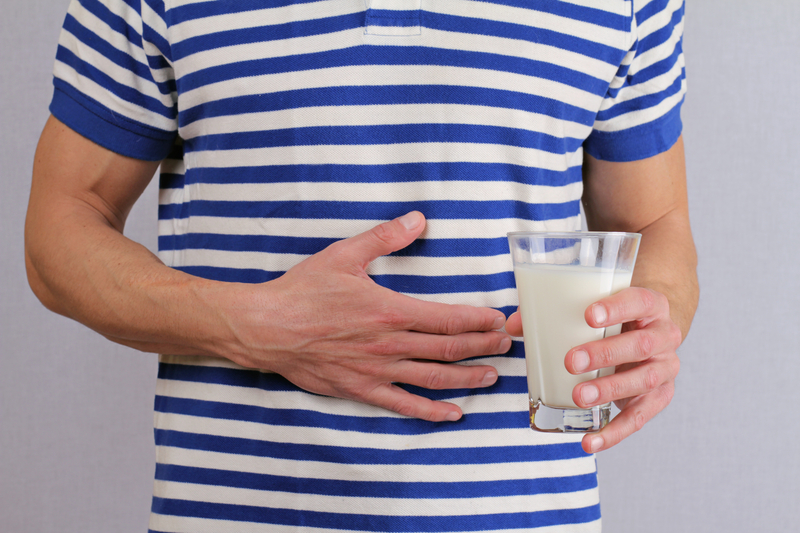What Causes Campylobacter?
Campylobacter is a genus of bacteria. Why is it important? For one thing, it's commonly found in a host of foods, including chicken. Many Americans eat chicken for dinner nightly, so bacteria that congregate in this poultry are significant. Refrigeration typically doesn't kill this type of bacteria, although cooking will. However, undercooked chicken and other poultry can harbor this bacteria.
If it's not killed by cooking, it can cause foodborne illness. Campylobacter bacteria can cause sickness of varying severity in humans. Some food poisoning will resolve itself after a day or so. This is especially true of food poisoning in otherwise healthy, young individuals. In other cases, campylobacter can become very serious. Elderly and very young individuals are particularly affected by Campylobacter.
Get to know the major causes of Campylobacter now.
Undercooked Poultry

Undercooked poultry is probably the most common way people come into contact with campylobacter. Chicken, one of the most popular foods in the United States, is a common reservoir for this bacteria. Even if you're careful when handling foods like chicken and turkey, campylobacter can still occur. Undercooked poultry is especially dangerous for anyone with a compromised immune system. The very young, very old, and individuals with autoimmune conditions should make sure their poultry is fully cooked. Chicken that appears to be undercooked should always be sent back. Signs of undercooking in poultry include pink flesh (even slightly pink flesh).
Get to know the next source of Campylobacter now.
Unpasteurized Milk

Raw milk has become a health fad in recent years. Raw milk does have some benefits. If you're the owner of the animal producing the milk, or you know and trust the farmer, raw milk may be worth a try. However, it's important to note pasteurization was hailed as a wonder when it was first developed in the early 1900s. Unpasteurized milk is another reservoir for campylobacter. So-called tainted milk was a major cause of childhood illness and even death in the late 1800s. The Swill Milk case in New York is just one example of this issue. Raw milk may preserve some additional amino acids, but it can cause serious illness, particularly in young children. Raw milk can also be a reservoir for other dangerous illnesses, like tuberculosis. Careful consideration is required before making the switch from pasteurized to unpasteurized milk.
Continue for more causes of Campylobacter now.
